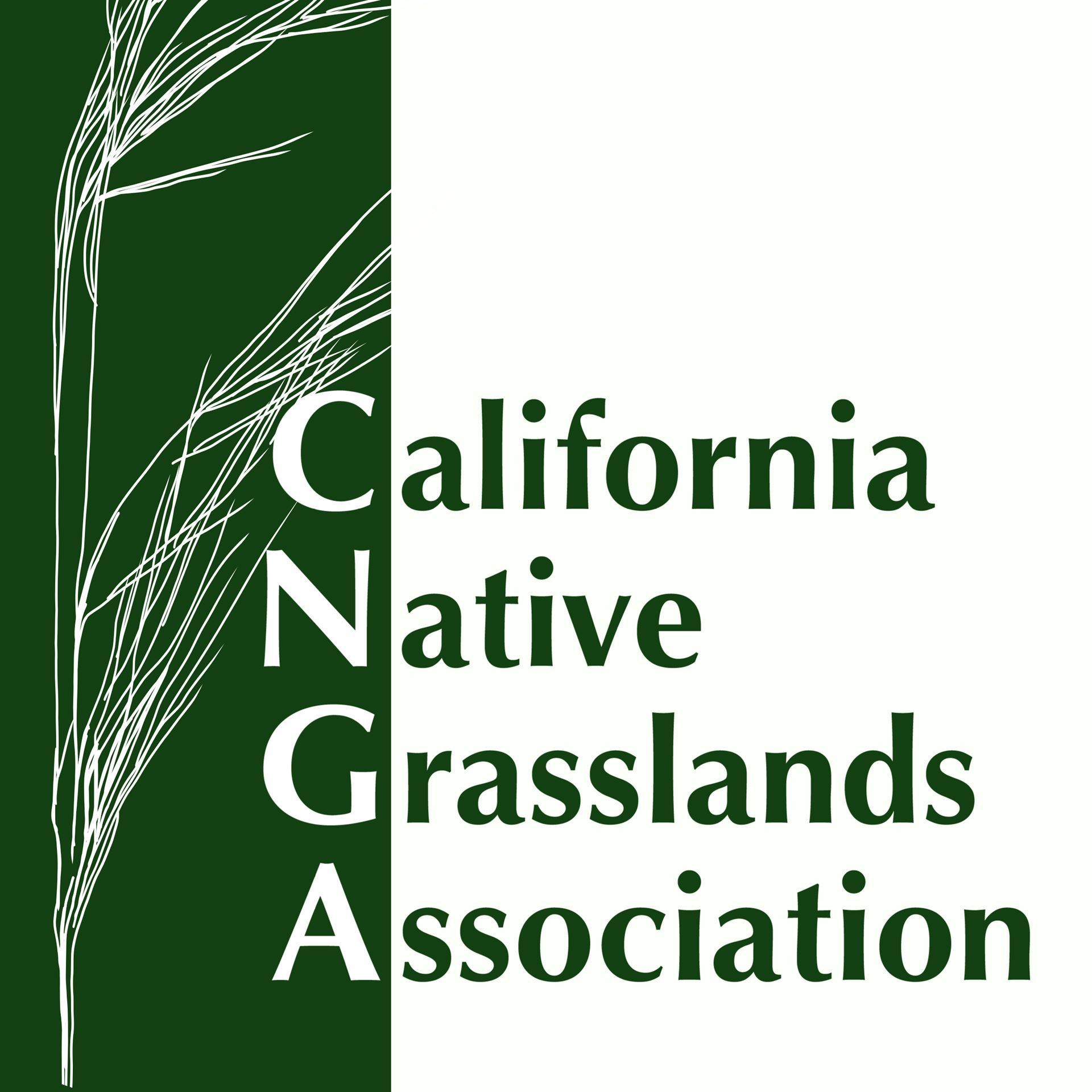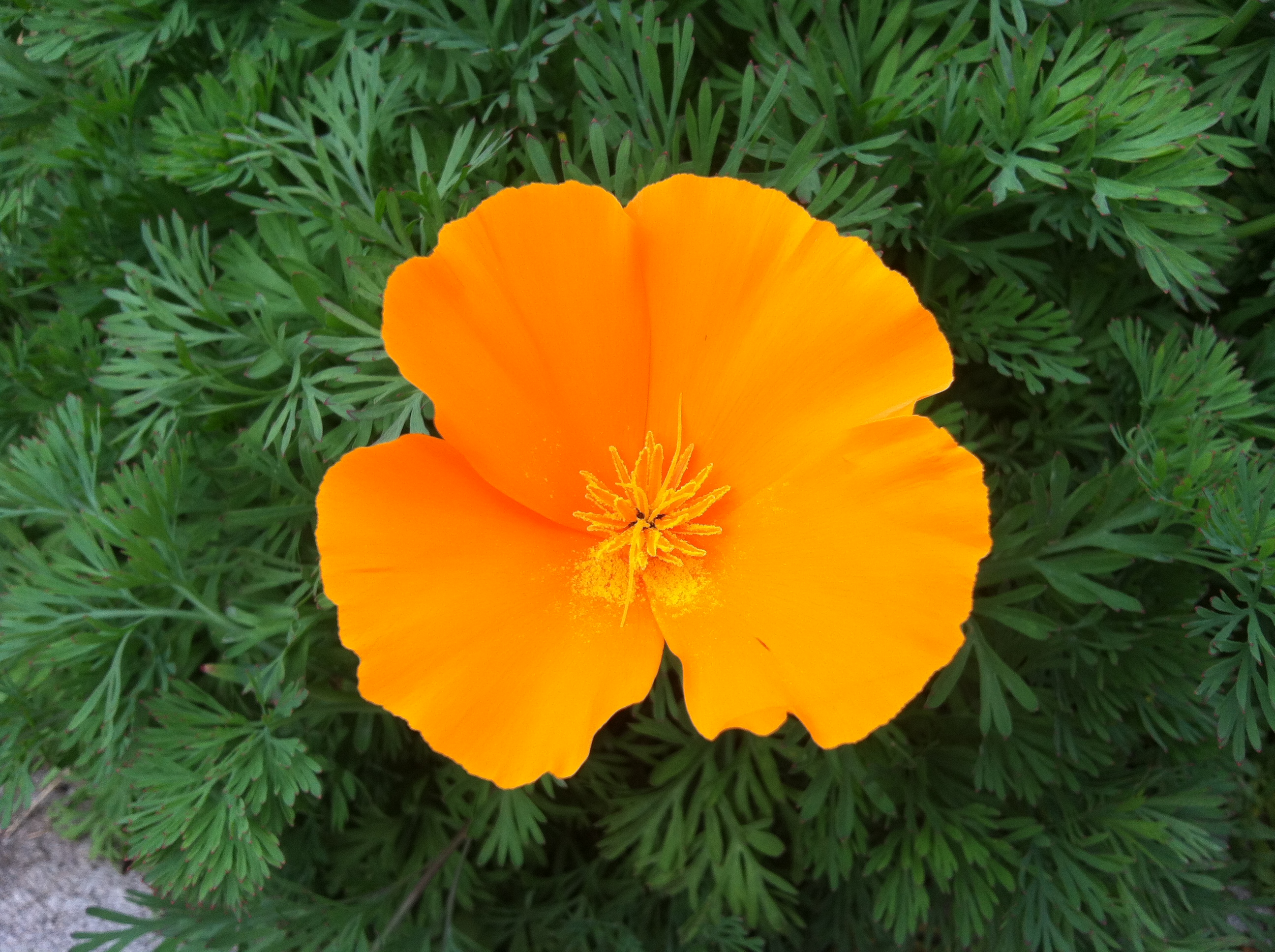
The Only Organization Working Exclusively to Conserve and Restore
California's Native Grasslands
California Poppy, Eschscholzia californica
December 2014
In 1903, this annual or perennial to deep-rooted perennial was named California’s state flower. Although it rose to fame in 1826 Victorian era gardens after English collector David Douglas collected seeds for the Royal Botanical Society of England. The California poppy’s native range is from southern Washington to Baja Sur and from the pacific coastline east to the great basin. It can be found in a wide range of habitats below 7000 feet including coastal, valley, foothill, and desert regions. While the California poppy is not the greatest competitor it is able to adapt to a wide range of environmental factors, including, freeze, drought, high temperatures, and a wide range of soil textures, chemistries, and fertility levels. However, in some regions the adaptability of the California poppy can make it weedy or invasive in some regions/habitats. One the great benefits of this native plant is that it’s preferred by numerous pollenating species (bumble bees, swear bees, mining bees and European honey bees), including 5 specialist pollinators in the genus Perdita. While the California poppy requires pollination for reproductive success, but the flowers are phototropic in low light levels and will close at night and cloudy days. There are several other beneficial insects that are associated with the California poppy including, thrips, hover flies, butterflies, minute pirate bugs and beetles. Historically, several Native American tribes used the roots as sedatives and analgesics, the flowers were chewed as gum or candy, and the pollen was used as eye shadow or body paint. However, some tribes refused to use any part of the plant due to its ability to be toxic, especially when not properly prepared. |
Smith, C. 2010. Plant guide for California poppy (Eschscholzia californica). USDA-Natural Resources Conservation Service, Plant Materials Center. Lockeford, CA 95237.
